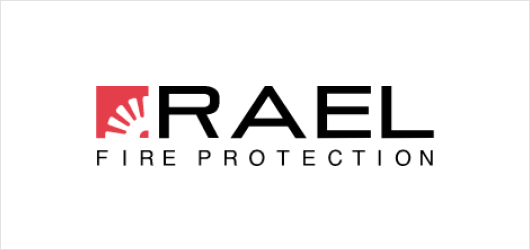Carbon monoxide is a colorless, tasteless, and odorless gas that’s hard for humans to detect. When released outside, it becomes relatively harmless. But inside enclosed spaces like your commercial building, it can get lethal fast.
Local Law 191
In June 2015, a year after a deadly carbon monoxide leak that killed a restaurant manager and sickened 30 people, the statewide Steven Nelson’s Law came into effect. Named after the Long Island manager who died from CO poisoning, this law sought to rectify an oversight in commercial building code regulations regarding carbon monoxide detectors.
Previously, carbon monoxide alarms were only required for residential and certain institutional occupancies. With this law, specific commercial buildings are not exempted anymore.
Local Law 191, which is based upon the Steven Nelson Law, is an amendment to New York City’s Building Code and encompasses all existing commercial buildings that contain fire protection systems and fuel-burning appliances in Occupancy Groups A-1, A-2, A-3, B (Business), and M (Mercantile).
Under LL191, carbon monoxide detectors must be installed in indoor public assembly spaces (other than sporting arenas), office spaces, restaurants, and stores.
Requirements Under LL191
If LL191 applies to your building, here are the places where you need to install carbon monoxide detectors:
- In any room that contains carbon monoxide-producing or fuel-burning equipment except for kitchens
- In any corridor on a floor where the carbon monoxide-producing equipment is located and in one story above and below the said floor
- In any corridor on a floor that contains an enclosed parking lot or loading dock and in one story above and below the said floor
- In any office or booth within an enclosed garage or loading dock
The CO detectors to be used must comply with Section 908.7.3.1 of the 2014 NYC Building Code, which states that:
- These must have a built-in sounder base that emits a Temporal 4 sound when an appropriate amount of carbon monoxide is detected
- These must transmit a signal to a central supervising station
- If located in the same room as the CO-producing equipment, the CO detectors must shut down the source upon alarm unless the equipment is a generator
- These must be installed in accordance with NFPA 720 – 2015 edition, as modified for New York City.
- These must be listed in accordance with UL 2034 and UL 2075.
The City Council has approved a bill granting an extension of the Local Law 191 deadline from January 1, 2021 to July 1, 2021. But approval of any fire protection system plan takes some time — around 8-10 weeks for an FDNY initial review and another 8-10 weeks for resubmission in case there are objections — so it’s crucial that you start on it now, if you haven’t yet.
Be LL191-compliant before the amendment takes effect.
We at RAEL Fire Protection will design and install the proper CO detection system plans for your property. We’re a nationwide service with over 80 years of experience in the fire protection business, and we will make sure that your property is fully compliant ahead of time. Contact us today!


Recent Comments